Breakthrough technology. With the introduction of the 2010 Series, the first commercial argon laser systems to incorporate hard-sealed internal mirrors on a metal-ceramic discharge tube, Uniphase established new industry standards for performance and reliability in air-cooled ion lasers. The discharge tubes, including the mirrors, now could be vacuum baked at very high temperature to eliminate all contamination. Today, laser life is measured in years, not weeks or months, and the need to clean optics in the field has been completely eliminated. Furthermore, 2010 Series lasers are extremely stable over the entire range of operating current and temperature.
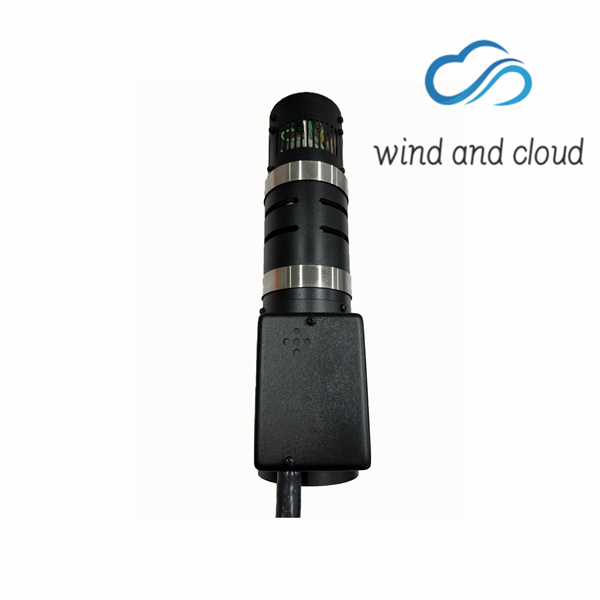
The compact 2110 Series power supplies can be operated in either light- or current-control mode, and their patented active filter technology reduces noise by a factor of four over earlier units. The systems will work throughout the world, without a transformer, on any standard single-phase voltage source. Remote interface controllers are available to facilitate incorporation of the 2010 laser systems into your application. Testing and certification. The 2010 Series comprises four models. All have received CE certification, and most have been tested and approved in accordance with UL ,EN, and/or FCC standards.
Uniphase output power specifications are end-of-life specifications. Typically, when the laser is shipped from the factory, the output power is from1.5 to 2.5 times greater than the power specified in the table below–if the laser is operated in current control at maximum current. When the laser is operated in light control mode at the specified output power, the tube current initially will be very low. Gradually, as discharge losses increase due to gas depletion, the tube current will increase to compensate for the losses and to maintain stable output power. End of life is reached when the system can no longer maintain specified power at maximum tube current.
The typical noise spectrum of an argon ion laser is shown in the graphs below. One trace is produced with the laser in current mode, and the second trace is produced in light mode. The traces in the upper graph illustrate the effectiveness of the light control loop canceling noise in the 20-Hz to 50-kHz range. The traces in the lower graph illustrate the noise spectrum from 20 Hz to 2 MHz.

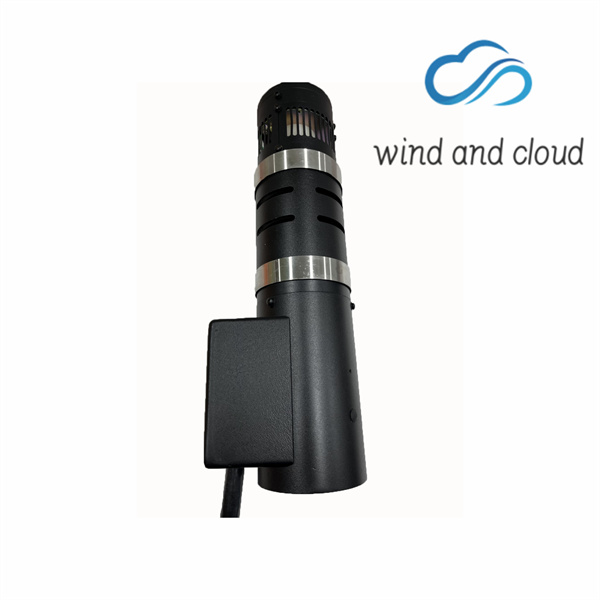
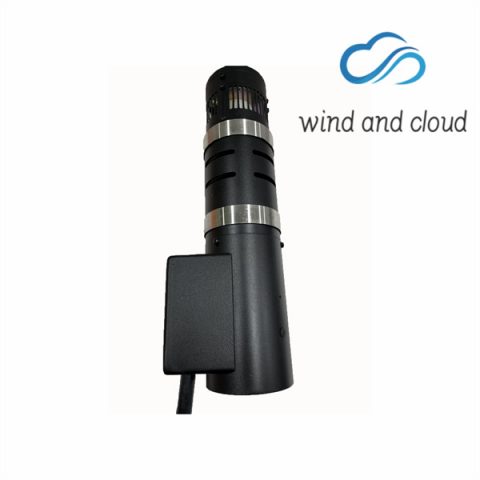
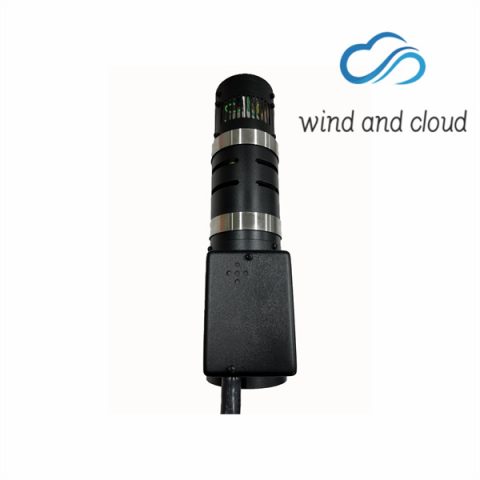
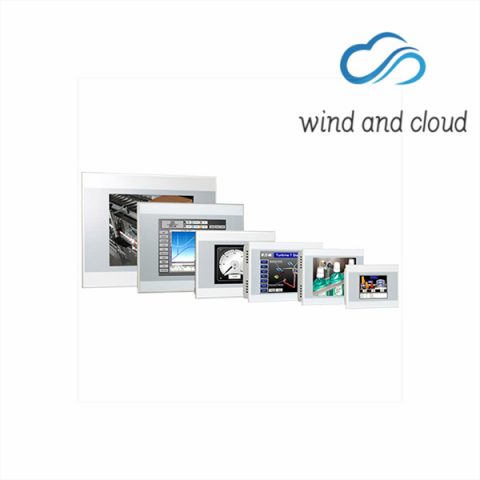
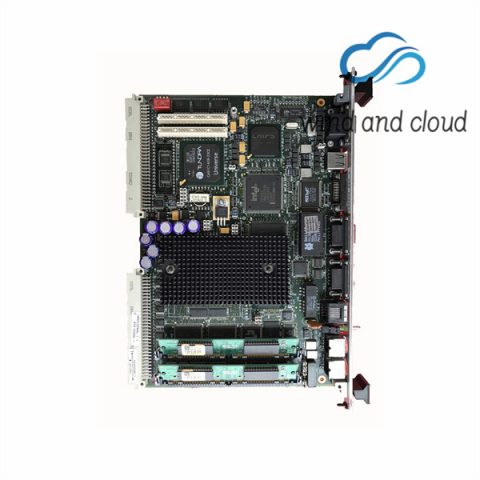
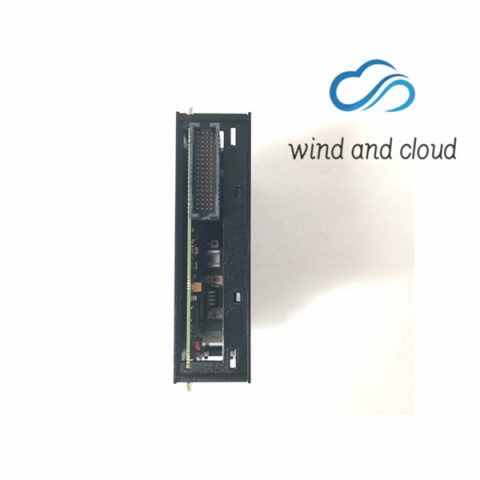
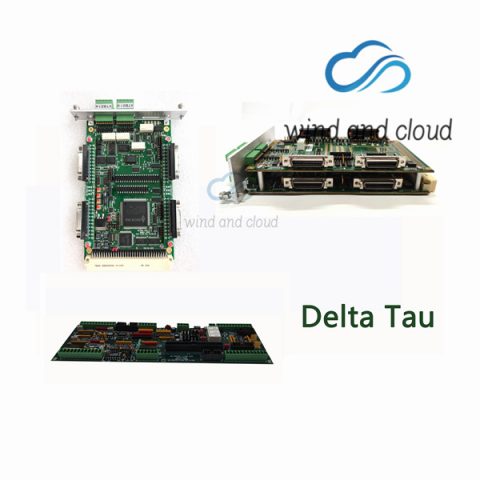
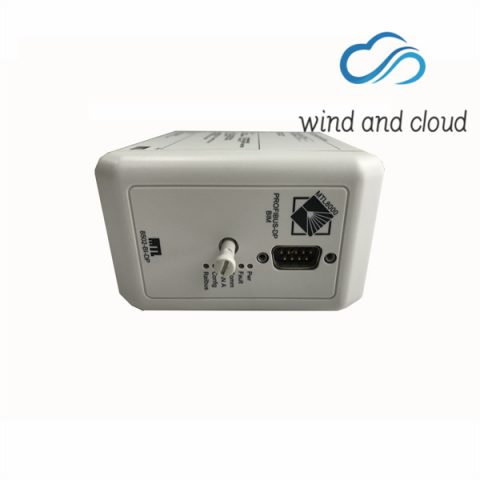
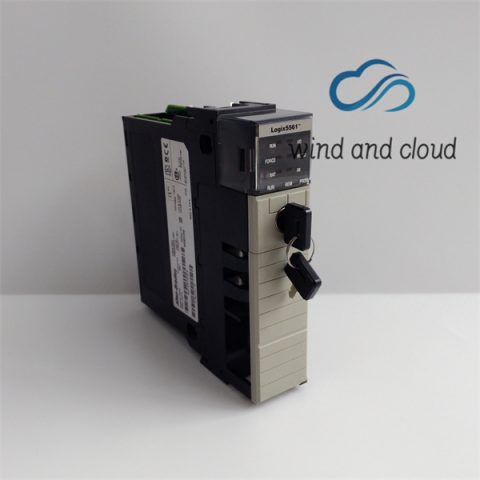
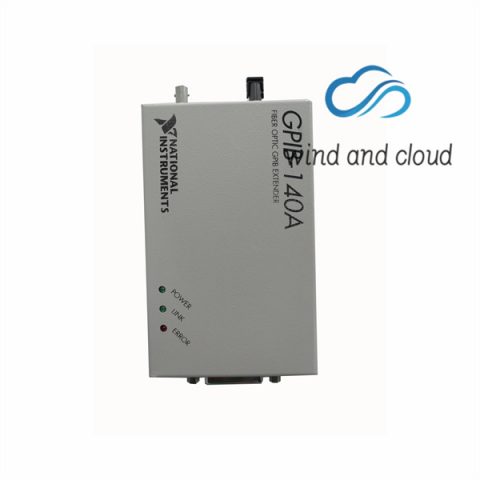
There are no reviews yet.